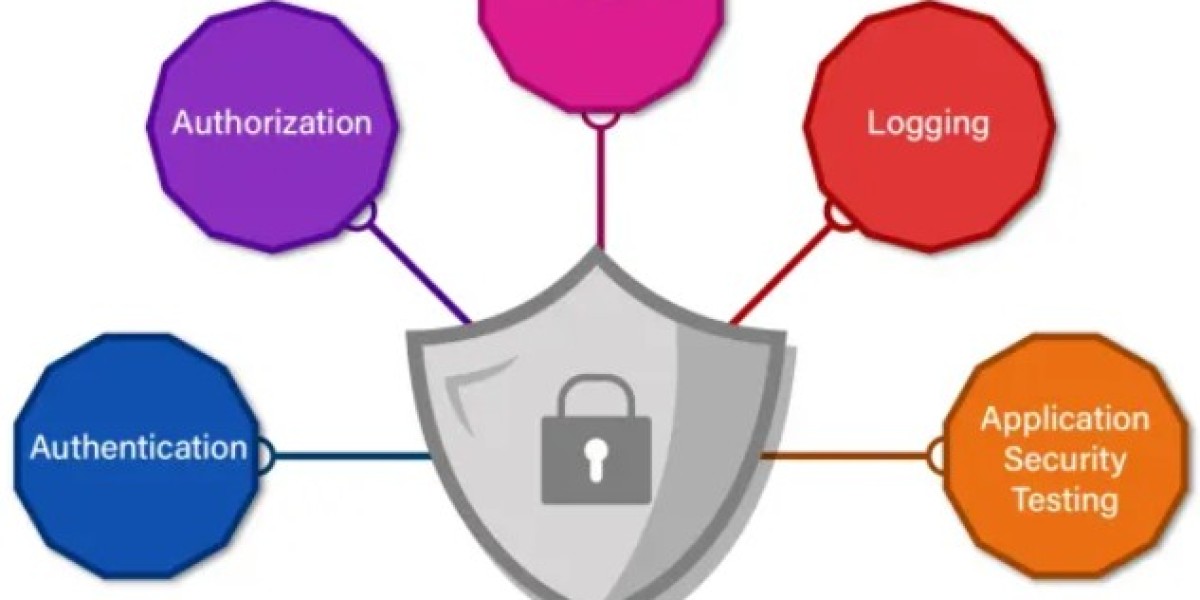Let's explore the challenges and opportunities of maintaining compliance in the modern gig economy.
The Challenge of Compliance
One of the biggest challenges facing employers in the gig economy is determining which workers qualify as employees eligible for benefits. Traditional employment models have clear definitions of full-time and part-time employees, but in the gig economy, workers often have flexible schedules and variable workloads. This ambiguity can make it difficult for employers to classify workers correctly and provide them with the appropriate benefits.
Additionally, many gig workers are classified as independent contractors, which means they are not entitled to the same benefits as employees. However, misclassifying workers can result in costly legal consequences for employers. It's crucial for companies to understand the difference between employees and independent contractors and ensure they are compliant with labor laws.
The Opportunity for Innovation
Despite the challenges of benefits compliance in the gig economy, there are also opportunities for innovation. Companies can take advantage of technology to streamline benefits administration and offer more flexible options to meet the diverse needs of gig workers. Online platforms and mobile apps can provide workers with easy access to information about their benefits and allow them to make changes as needed.
Some companies are also exploring new ways to provide benefits to gig workers, such as offering a menu of options that allow workers to customize their benefits package to suit their individual preferences. By embracing new technologies and creative solutions, employers can attract and retain top talent in the gig economy while remaining compliant with regulations.
Statistics on Gig Economy Trends
- According to the Bureau of Labor Statistics, the gig economy accounted for 42% of the workforce in 2020.
- A survey by Upwork found that 59 million Americans freelanced in 2020, representing 36% of the workforce.
- The gig economy is projected to grow to 43% of the workforce by 2022, according to Intuit.
Best Practices for Compliance
Employers can ensure compliance in the gig economy by following best practices for benefits administration. This includes conducting regular audits of worker classification, providing clear and accurate information about benefits to all workers, and staying up to date on changes to labor laws and regulations. Companies that prioritize compliance can avoid costly penalties and litigation while fostering a positive relationship with their workforce.
It's important for employers to work closely with legal and HR professionals to develop a comprehensive benefits strategy that meets the needs of both traditional employees and gig workers. By taking a proactive and strategic approach to benefits compliance, companies can adapt to the changing landscape of the gig economy and attract top talent in a competitive market.
The gig economy presents unique challenges for employers when it comes to benefits compliance, but also offers opportunities for innovation and creativity. By leveraging technology, adopting new strategies, and staying informed about industry trends, companies can navigate the complexities of the gig economy while maintaining compliance with labor laws. Prioritizing benefits compliance not only minimizes legal risks but also enhances the overall employee experience, leading to greater retention and satisfaction in the workforce.
Continue reading here: How long does shipt background check take?







